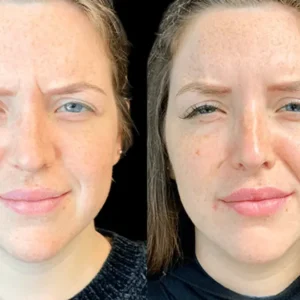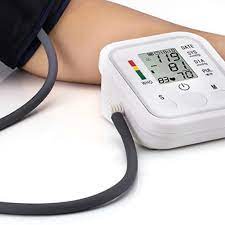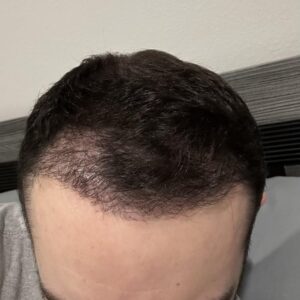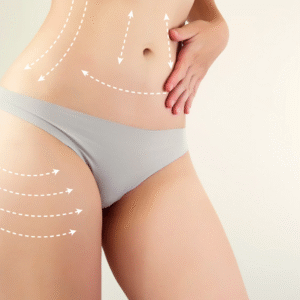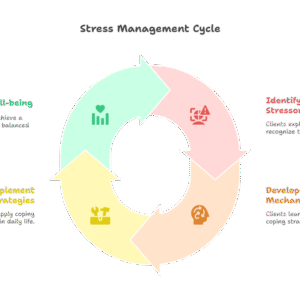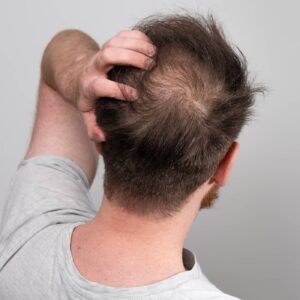Understanding your skin is the first step toward achieving a clearer, more even complexion. While we can sometimes see pigmentation issues with the naked eye, it’s the changes beneath the surface that truly matter. That’s where Visia steps in. Midway through your consultation, a tool like Visia Skin Analysis Dubai is often used to detect pigmentation problems you might not even be aware of. It gives a visual roadmap of your skin’s condition and shows how these concerns evolve with or without treatment.
What Is Pigmentation and Why It Matters?
Understanding Pigmentation
Pigmentation refers to the coloring of the skin caused by melanin, a pigment produced by melanocytes. Irregularities in pigmentation can manifest as:
-
Sunspots
-
Melasma
-
Freckles
-
Post-inflammatory hyperpigmentation
Why Track Pigmentation?
Monitoring pigmentation is crucial because:
-
It helps in early detection of sun damage.
-
It reveals areas of hidden pigmentation.
-
It tracks the effectiveness of skincare or treatment plans.
-
It assists in adjusting treatments based on data over time.
What Is Visia and How Does It Work?
Visia is a computerized skin analysis system that captures high-resolution images of your face using multi-spectral imaging and analysis software. It evaluates various skin conditions, including:
-
Pigmentation
-
Redness
-
Pores
-
Wrinkles
-
Texture
-
UV spots
How It Works in Simple Terms?
Image Capture
Visia takes photographs of your face from multiple angles.
Layered Imaging
The system uses different light sources—standard, cross-polarized, and UV—to visualize issues on the surface and underneath.
Data Processing
The images are then analyzed by Visia software, which compares your skin’s condition to a large database of people in your age group and skin type.
Results Report
You get a comprehensive, easy-to-understand report showing all aspects of your skin, including pigmentation trends.
How Visia Tracks Pigmentation Changes Over Time?
Visia doesn’t just give a snapshot of your skin; it also tracks how it evolves.
Baseline Analysis
At your first session, Visia captures a baseline image. This acts as the control to which all future images will be compared.
Pigmentation Scoring
Visia assigns scores to your pigmentation based on density, depth, and surface area. This numerical value helps identify:
-
How much pigmentation is present
-
Where it’s concentrated
-
The depth of discoloration
Trend Monitoring
At follow-up sessions, new images are taken and compared to your baseline. Visia detects even subtle changes in pigmentation by analyzing:
-
New spots forming
-
Fading or lightening of existing spots
-
Changes in shape or size of dark areas
Types of Pigmentation Tracked by Visia
| Type of Pigmentation | Description | Detected by Visia? |
|---|---|---|
| Sunspots | Caused by UV exposure, usually on the face/hands | ✅ Yes |
| Freckles | Small brown spots, often genetic | ✅ Yes |
| Melasma | Hormonal pigmentation, symmetrical on cheeks/forehead | ✅ Yes |
| Post-Inflammatory Hyperpigmentation | Dark spots after acne or trauma | ✅ Yes |
| Hidden UV Damage | Not visible to the eye but under the skin’s surface | ✅ Yes |
Treatment Process with Visia Support
Using Visia in the treatment process enhances results through data-backed insights.
skin is cleansed and prepped.
-
Visia captures high-resolution images.
-
A detailed report is generated to map current pigmentation issues.
S Customized Treatment Plan
-
Based on your pigmentation type, a tailored approach is created.
-
May include chemical peels, laser treatments, or topical solutions.
-
Visia data ensures the treatment is specific to your unique skin concerns.
Ongoing Monitoring
-
Repeat Visia scans are done after each treatment phase.
-
Your pigmentation score and images are reviewed for visible improvements.
-
Adjustments to the treatment plan are made based on evidence.
Final Assessment
-
After completing the treatment, a final Visia scan is performed.
-
You get a comparative analysis to see how much your skin has improved.
Benefits of Using Visia for Pigmentation Tracking
-
Accuracy: Detects pigmentation not visible to the naked eye.
-
Consistency: Standardized photography ensures reliable comparison.
-
Data-Driven: Enables evidence-based treatment planning.
-
Visualization: Shows side-by-side progress over time.
-
Motivation: Clear results help keep clients engaged with their skincare journey.
Who Can Benefit from Visia Pigmentation Tracking?
Visia analysis is suitable for all skin types and is particularly helpful for:
-
Individuals with chronic pigmentation issues
-
People starting a new skincare or treatment routine
-
Those undergoing seasonal or hormonal skin changes
-
Clients wanting precise, visual documentation of progress
FAQ’s:
Is Visia safe for all skin types?
Yes, Visia uses non-invasive light-based imaging that is completely safe for all skin tones and types.
How long does the Visia skin analysis take?
The entire process usually takes 10–15 minutes, including image capture and initial results discussion.
Can Visia detect pigmentation before it appears on the surface?
Absolutely. One of Visia’s strengths is identifying underlying pigmentation caused by sun damage or hormonal changes before it becomes visible.
How often should I get a Visia scan to monitor pigmentation?
Most professionals recommend every 4–6 weeks during treatment, or every 3–6 months for maintenance and skin monitoring.
Does Visia tell me what treatment I need?
Visia doesn’t prescribe treatment but provides detailed information that helps professionals customize your care plan effectively.
Conclusion
Pigmentation changes are not always easy to see—or treat—without the right tools. That’s why Visia has become a trusted system in skincare diagnostics. From sunspots to melasma, it accurately maps the pigments in your skin, helping track what’s improving and what needs attention. The real magic of Visia lies in its ability to visualize the invisible and provide a reliable roadmap for your skin’s transformation.
